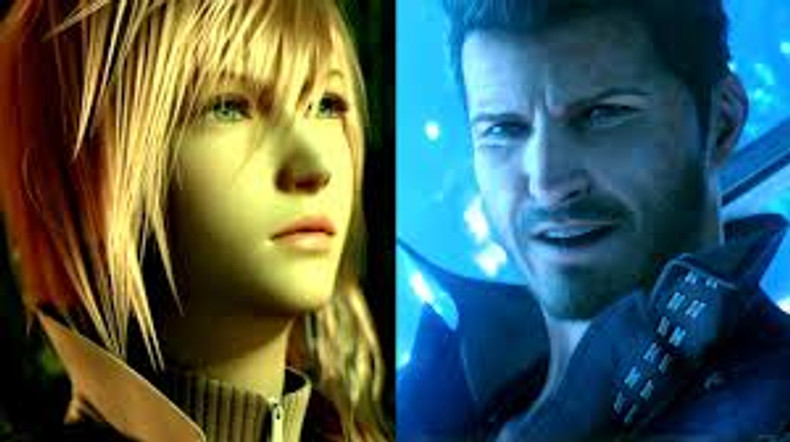Since the late 1980s, Final Fantasy has defined storytelling in gaming. Known for its emotional depth, groundbreaking visuals, and memorable music, the franchise shaped the modern role-playing genre. Over the years, it has also made ambitious leaps into film—most notably Final Fantasy: The Spirits Within (2001), Advent Children (2005), and Kingsglaive: Final Fantasy XV (2016). Each attempted to bring the magic of the games to the big screen, with varying results.
Gameplay vs. Cinematic Storytelling
In the games, Final Fantasy immerses players in epic journeys filled with heroism, love, and loss. Turn-based or real-time combat, character progression, and sprawling worlds let fans live out the story at their own pace. Every installment introduces a new setting and cast while preserving familiar elements—Chocobos, airships, and the legendary summon creatures.
The films, however, replace interactive adventure with cinematic spectacle. The Spirits Within aimed for realism, using cutting-edge CGI for its time but telling an entirely new story separate from the games. Advent Children, by contrast, directly continued Final Fantasy VII’s narrative, satisfying fans eager to revisit Cloud Strife and Sephiroth. Kingsglaive blended high-end visuals with political intrigue to expand the Final Fantasy XV universe.
While the movies look stunning, the lack of player interaction changes the emotional connection. In the games, choices and battles create personal stakes; in the films, audiences simply watch events unfold.
Characters and Tone
Across both mediums, strong characters remain the heart of Final Fantasy. Heroes like Cloud, Tifa, and Noctis carry emotional weight through personal sacrifice and growth. The games’ longer format allows richer arcs, while the films condense these stories into two-hour experiences.
The tone also shifts. The games balance hope and tragedy, often ending with bittersweet victories. Advent Children captures this perfectly—somber yet uplifting—while The Spirits Within adopts a more philosophical, sci-fi tone. Kingsglaive leans into political drama and grand action sequences. Each adaptation reflects different aspects of the franchise’s spirit.
Visuals and Music
Visually, both the games and films are groundbreaking for their time. Final Fantasy VII Remake and XV deliver cinematic realism that rivals film productions. Meanwhile, the movies pushed animation technology forward, especially The Spirits Within, which was among the first fully photorealistic CGI films.
The music—composed by legends like Nobuo Uematsu and Yoko Shimomura—ties everything together. Iconic themes such as “One-Winged Angel” and “Somnus” bridge the gap between game and screen, keeping the emotional continuity alive.
Final Verdict: Two Mediums, One Legacy
If you want an interactive emotional journey, the games remain unmatched in scope and storytelling. If you prefer to experience the universe visually and cinematically, the films offer an impressive, though condensed, reflection of that magic.
Both celebrate Final Fantasy’s legacy: imaginative worlds, heartfelt stories, and the belief that even in despair, hope endures.
Watch Final Fantasy VII: Advent Children on Amazon
Learn more about Final Fantasy on Square Enix’s official site
Love Game-to-Screen Comparisons?
Follow our weekly series where we explore how classic games transform into movies and shows. Next up, we’ll take a look at Indiana Jones—comparing the adventure-game adaptations to the legendary film saga.

